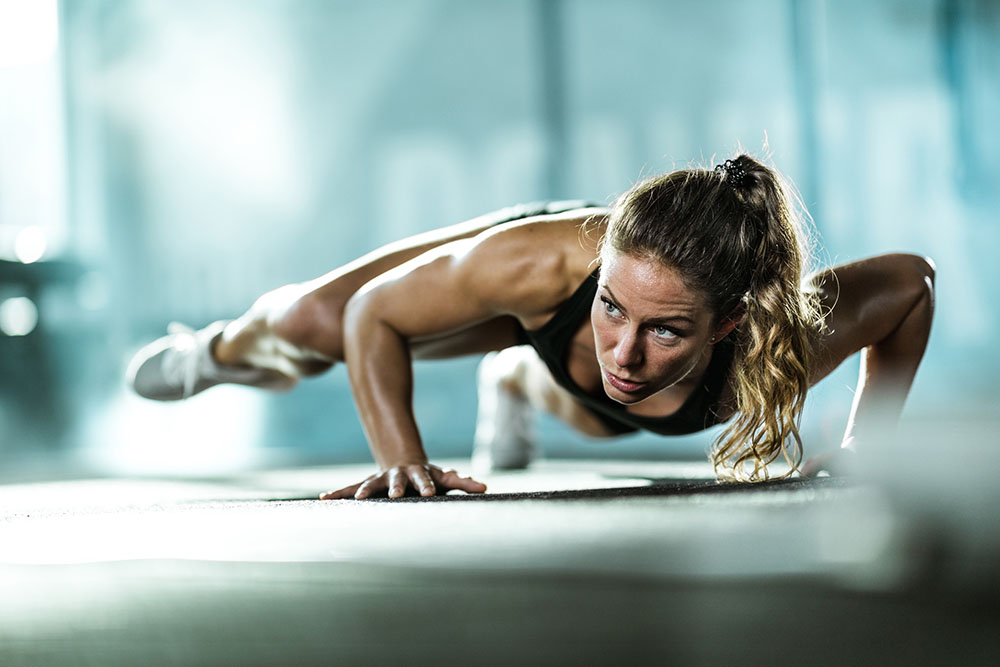Counting Calories May Prevent Overeating

Dayton Kelly
 As we all know, the food we eat has an enormous impact on our body weight and health. Obesity is highly related to the onset of numerous chronic diseases and the risk of many diseases can be largely mitigated by improving one’s diet and exercising.
As we all know, the food we eat has an enormous impact on our body weight and health. Obesity is highly related to the onset of numerous chronic diseases and the risk of many diseases can be largely mitigated by improving one’s diet and exercising.
Understanding how our body responds to eating is the first step in controlling this factor in our lives.
When preparing to eat a meal, two main decisions are made that influence our future health(Wansink, Just, & Payne, 2009):
-
What will we eat?
-
How much of it will we eat?
Although many people have a fairly good understanding of what is good for them and what is not, few people have as great an understanding of how much of a food is good for them (Wansink, Just, & Payne, 2009).
When you eat a meal, how do you decide when to stop eating? Is this the best time to stop eating? The answer for most would be whenever they are full. However, current research suggests this may not be your best approach (Wansink, Just, & Payne, 2009).
Related Article: Sugar – Is It Hurting Your Healthy Lifestyle?
The First Problem
The first problem with using a full sensation as an indicator to stop eating is that feeling full is a subjective feeling that correlates better with volume of food eaten as opposed to the number of calories in a meal (Bell, Roe, & Rolls, 2003). We know that weight gain and loss is primarily a function of net daily caloric intake and that a zero net caloric intake is optimal for maintaining weight and, thus, avoiding obesity (Plowman & Smith, 2014).
The Second Problem
Our second problem is that fullness can be strongly influenced by environmental factors: things other than physical feelings (Wansink, Just, & Payne, 2009). Social markers and visual cues can be potent stimulants of satiety. In order to determine how much is proper to eat, people will often gauge their proper intake based on the amount others are eating. This is why you often find yourself eating more in the presence of company who like to eat.
The Visual Effect
Another common method the body uses to predict satiety is the visual volume of food consumed. A smaller, more crowded plate of food appears to contain more food than a sparsely crowded, larger plate. People consuming food from the larger plate eat more than those eating from a smaller plate (Wansink, Just, & Payne, 2009).
Previous Experiences
 A third method the body uses to predict satiety is previous experience. As we commonly eat food on dishes, this memory is often quantified in number of plates or bowls. Because social etiquette suggests we eat the entirety of food on our plate or bowl to avoid appearing rude or wasteful, this number of dishes is often one complete plate or some other whole number of plates.
A third method the body uses to predict satiety is previous experience. As we commonly eat food on dishes, this memory is often quantified in number of plates or bowls. Because social etiquette suggests we eat the entirety of food on our plate or bowl to avoid appearing rude or wasteful, this number of dishes is often one complete plate or some other whole number of plates.
This creates a strong behavioural drive to finish your dish in or out of the presence of other people. In a study involving continuously refilling soup bowls, people ate 73% more food than from normal bowls in an attempt to finish their bowl (Wansink, Just, & Payne, 2009). Surprisingly, people rated their satiety to be the same after completing each meal, despite having eaten more (Wansink, Just, & Payne, 2009).
Takeaway
In summary, the bodies satiety sensation is influenced by our memory of how much of this food we normally eat as measured by the food’s size relative to the dish and the number of dishes consumed. This measurement is further influenced by the appearance of other people’s volume of food consumption relative to their dish size.
With all of these factors influencing our sensation of fullness, how are we to avoid overeating? This research suggests that when really looking to stay slim it may be smarter to count calories in conjunction with relying on your sense of fullness. Calorie quantities are often marked on food containers and allows us an objective way to know how much food we are putting in our bodies.
Something to keep in mind the next time you try a diet! Happy training!
Related Article: The Importance of Food: How Should I Eat?
You May Like:













